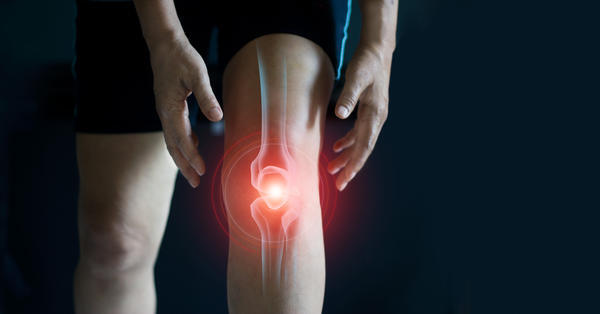
5 Ways Seniors Benefit From Physiotherapy Services
Seniors can and should live a full life. That said, aging is a natural process we must come to terms with, along with the fact that brittle bones and reduced strength, flexibility, coordination, and mobility can make older people prone to fall injuries. With the onset of joint pains, seniors feel stiffer, slower, and no longer steady on their feet. This causes a huge impact on their independence and confidence.
Physiotherapy, one treatment seniors can take advantage of, can help them lead more active lives with less pain. This is all while improving their balance, strength, flexibility, and coordination.
Ontario Health Insurance Plan: Are You Covered?
Physiotherapy for seniors at the clinic or in-home is covered by the Ontario Health Insurance Plan (OHIP).
To qualify, your doctor or nurse practitioner must provide a referral indicating that your present condition, injury, surgery, or worsening of chronic diseases affects your ability to engage in ordinary activities like moving around or performing daily tasks.
With the physiotherapy OHIP, seniors who have become prone to slips and falls regain confidence, strength, stability, and improved functionality. The OHIP coverage is 20 sessions per episode, so if you need more for a chronic condition, insurance won't pay for that part of the treatment.
Physiotherapy Interventions
What can be expected during the initial visit to the physiotherapist? A detailed interview to determine goals and an assessment of motor strength, flexibility, range of motion, strength, and gait to determine limitations are done. After the diagnosis, a program for seniors usually includes stretching, balance, walking, and strengthening exercises to reduce pain and improve independence.
It is not straightforward because aging is not templated. Seniors present with musculoskeletal problems or chronic conditions have unique rehabilitation and social, economic, and psychological needs.
Interventions involve the following:
- Exercises may include stairs practice and getting up from a sitting position.
- Manual therapy or geriatric massage includes stretching and improves circulation. It relaxes the patient, loosens tight muscles, and relieves some of the pain.
- Heat therapy uses hot packs to improve circulation, ease pain, and relax muscles. It may help with stiff joints. The heated packs are wrapped to avoid hurting the patient and applied for 15–20 minutes.
- Cold therapy uses cold packs to ease pain and swelling. It may help with arthritis. The cold packs or gels are wrapped to prevent discomfort and applied for 15–20 minutes.
- Ultrasound uses sound waves to relax muscles and may be helpful for patients suffering from muscle spasms in enhancing mobility and improving blood flow.
- Transcutaneous electrical nerve stimulation (TENS) therapy transmits low-grade electrical currents from the skin to contract the underlying muscles. TENS may be used on patients with arthritis or those recovering from stroke to reduce pain and promote healing.
- Hydrotherapy in pools is relaxing for seniors. The water buoyancy helps those with joint and muscle issues to move with less pain.
- Gait correction
- Advice on the safe use of mobility aids
Aside from guidance on walking aids, canes, and the like, advice is given on how to keep the premises safe. This includes clearing the home of barriers, improving visibility, adding friction to traffic areas, and adding modifications like ramps and handlebars.
Benefits
The benefits of the care of a skilled and trained physiotherapist are many, and they range from improved well-being to increased functionality for the patient.
Decreased Pain
Physiotherapy relieves pain by relaxing muscles and joints. Helping seniors cope with pain reduces the need for painkillers that can cause organ damage or addiction to opioids.
Improved Well-Being
Massage and passive exercises relax muscles, joints, and tendons; the endorphins released heighten the sense of well-being and help reduce anxiety and depression. Knowing that they can carry on with normal activities boosts their confidence.
Reduced Fall Risk And Related Injuries
Physiotherapy improves muscle strength and balance. Education on how to use mobility aids and keep the home safer reduces the risk of falls and accidents.
Increased Independence
Physiotherapy may improve gait, stamina, balance, and coordination. Seniors can look forward to more independence and overall improved quality of life. They can perform chores, cook, shop, and enjoy time with friends and family.
Reduced Blood Pressure And Risk For Obesity
Once the seniors are back on their feet, they can go back to exercising. Exercise helps reduce blood pressure, improves cardiac function, prevents obesity, and helps stabilize blood sugar.
Conclusion
Seniors are a vulnerable population because aging causes brittle bones, loss of strength, pain, stiffness, and chronic diseases, which impact their independence, mobility, and functionality. Physiotherapy can help seniors gain their independence and life back.